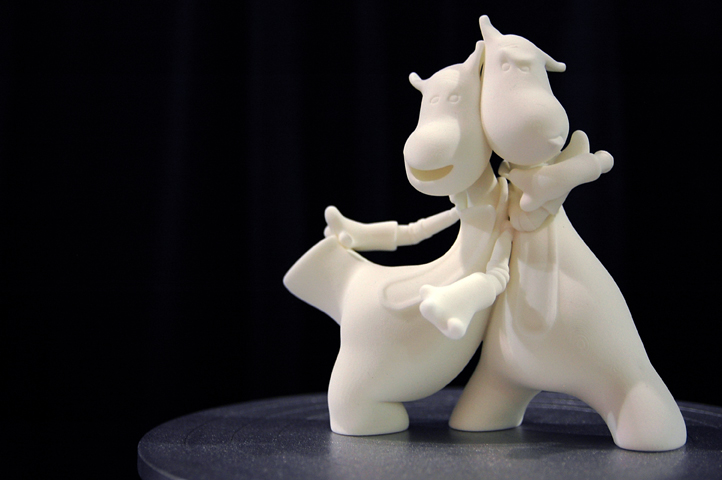This type of quality would be fantastic (of course): :shock:http://www.hive76.org/insane-3d-printin ... -the-micro
Some of the pix here will make you drool, too..
http://davedurant.wordpress.com/2011/10 ... of-prints/
Paul Candler is the one that did the headlining pictures. I'm not sure what he does for a living but I do remember him saying that the Ultimaker is his first printer and he'd only had it a couple months before doing that print.
I think one of the big problems new people have is that they hear Ultimaker can do crazy fast speeds and really high resolution so they try to start with BOTH of those, which turns out to mostly just make messes. There are always trade-offs in speed vs quality..
If you take your time and have realistic expectations then yes, you can do stuff like this.





.thumb.jpeg.0b7a05eafc09add17b8338efde5852e9.jpeg)
Recommended Posts
Daid 306
I'm a professional engineer. In software that is. So I do have a bit of a tinkerer mind, but I rather have working mechanical parts then that I tinker with them. My printer needs to work, when I want. It's my tool, not my tinkering toy.
My print from today. With SkeinPyPy's default settings (only layer size to 0.1 instead of 0.2)
I didn't change anything in my machine, it's all stock hardware. It's not as good as some of the highest details Ultimaker prints, but I have never tried anything below 0.1mm, which already looks very good.
Hardware
It's simple, once it works, you can get this quality quit simple. I had some tinkering problems in the beginning, but that had to do with me not following the assembly instructions properly. After that I only added belt tensioners, and oiled it a few days ago. It's quite an amazing machine. Oh, and you will replace the stock fan shroud, but that's almost part of assembly instructions these days
The real tinkers can be found building RepRap machines, they spend more time fixing/upgrading machines then actual printing.
Software
The software options are a bit chaotic at the moment. There is ReplicatorG from Ultimaker, NetFabb (not free), Slic3r, Skeinforge, PrintRun. And then I'm not even mentioning some rarer options.
However, I'm trying to solve all that with SkeinPyPy. Especially for possible users like you. You don't want to tinker with 10.000 software options and configuration settings. You just want to print. SkeinPyPy allows everyone to do that. You don't have to take my word for it. Other people have been saying "I've been struggling for 3 months, and suddenly now I'm getting good prints thanks to SkeinPyPy". It's a project not aimed at making the best possible prints. It's a project aimed at making the best user experience.
Link to post
Share on other sites